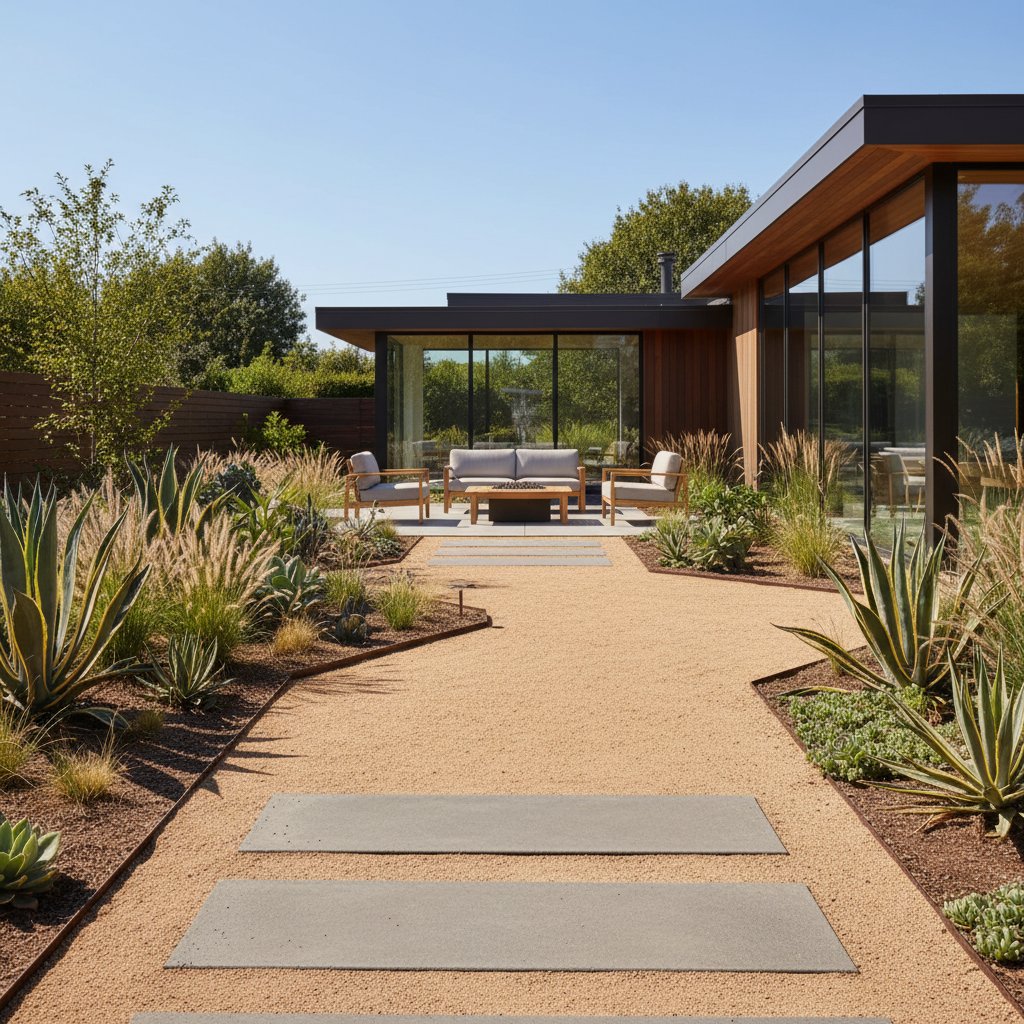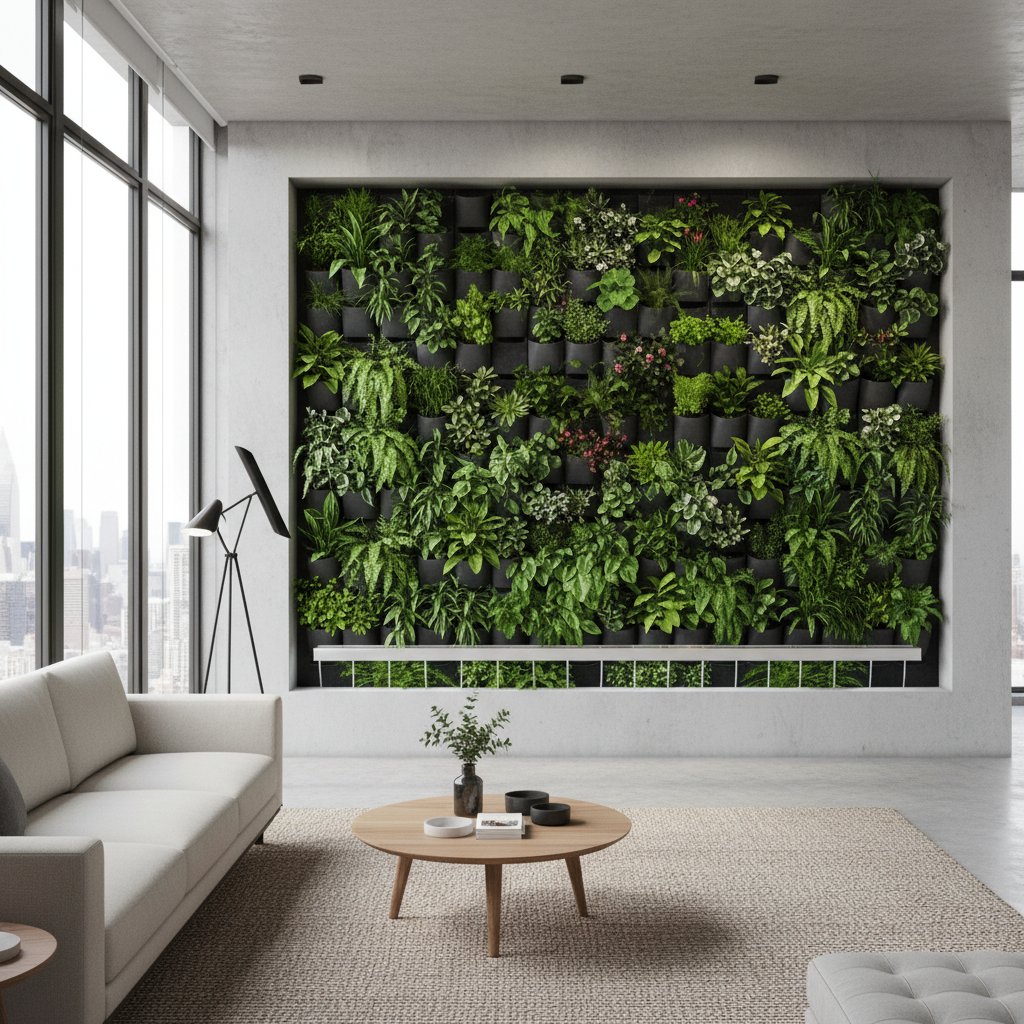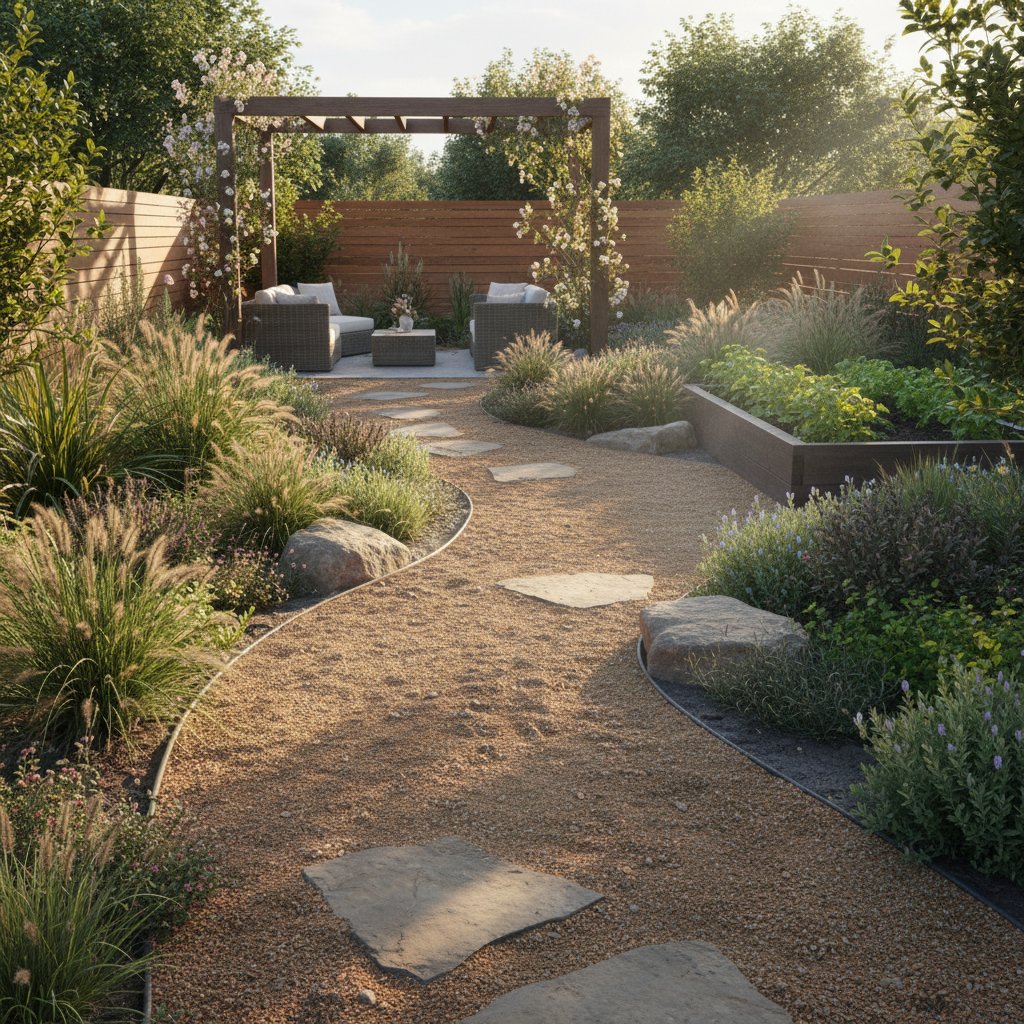Why Decomposed Granite Leads 2025 Pathway Trends
Homeowners planning garden paths or outdoor walkways often seek materials that combine aesthetics, functionality, and value. Decomposed granite emerges as a standout choice for such projects. This naturally occurring material, commonly abbreviated as DG, offers a textured surface in versatile earth tones that complements diverse landscape styles, from contemporary designs to rustic retreats.
Decomposed granite has gained prominence in recent years, particularly as sustainability becomes a priority in landscaping. Landscape professionals favor it for its ability to mimic the look of natural terrain while providing reliable performance. Compared to traditional hardscape options, DG delivers superior drainage and lower long-term costs, positioning it at the forefront of 2025 pathway innovations.
Key Reasons Homeowners Select Decomposed Granite
Decomposed granite excels by integrating visual appeal with practical benefits and economic efficiency. The following factors explain its rising popularity for pathways this year.
Natural Aesthetic for Diverse Landscapes
Decomposed granite integrates seamlessly into various garden settings. In xeriscape environments with drought-resistant plants, its granular texture echoes the arid qualities of succulents and grasses. Within formal layouts featuring geometric beds, it softens transitions alongside rigid elements like flagstone borders. The palette of subtle hues, from warm ochres to cool slate grays, fosters a serene atmosphere that enhances rather than competes with surrounding foliage.
Cost-Effective Installation Options
Materials for a decomposed granite pathway typically range from one to three dollars per square foot. Hiring professionals increases the expense by two to four dollars per square foot, yet the total remains substantially lower than alternatives such as interlocking pavers or poured concrete, which can exceed ten dollars per square foot.
For those with foundational landscaping skills, a DIY approach proves feasible. Begin by excavating four inches of topsoil to create a stable foundation. Layer in two inches of decomposed granite, moisten it thoroughly, and compact it using a rented plate compactor. Repeat for additional layers until reaching the desired depth. Weekend projects suit paths under 200 square feet, allowing completion without specialized tools.
Environmental Benefits Through Permeability
Decomposed granite permits water infiltration directly into the soil, minimizing surface runoff and supporting groundwater replenishment. This feature aligns with eco-conscious practices by reducing erosion and flood risks in urban gardens. Derived entirely from weathered granite rock, the material avoids synthetic binders or treatments, ensuring a minimal environmental footprint while maintaining an elegant, polished appearance.
Minimal Upkeep for Lasting Appeal
After initial compaction, a decomposed granite path requires little intervention to retain its form. Periodic raking addresses minor displacements from foot traffic, a task that takes minutes weekly. Unlike concrete slabs prone to thermal cracking or pavers demanding joint resealing, DG resists structural failures. In areas affected by erosion, replenish thin sections with a thin application of fresh material, restoring uniformity without extensive labor.
Enhanced Comfort and Safety Features
The surface of decomposed granite provides a stable yet yielding footing, ideal for extended strolls through gardens. Its rough texture prevents slippage even during light rain, outperforming smooth stones in wet conditions. Additionally, the material dissipates heat more effectively than dense pavements, keeping paths cooler under summer sun and suitable for barefoot areas or family play zones.
Step-by-Step Installation for Durable Results
Proper execution ensures a decomposed granite pathway endures for decades. Adhere to these guidelines to achieve professional-grade outcomes.
- Outline the Design. Use garden stakes and taut string to define the path's route, incorporating subtle curves that guide natural movement and avoid sharp turns.
- Prepare the Subgrade. Dig out four to six inches of soil, grading the base with a one percent slope away from structures to facilitate water shedding.
- Install the Foundation Layer. Distribute two inches of angular crushed stone, then compact it in passes with a tamper or roller to form a solid underlayment that resists shifting.
- Layer the Decomposed Granite. Apply the material in two-inch increments, spraying each with water to aid binding before compacting. Aim for a total depth of three to four inches for standard foot traffic.
- Secure the Borders. Install metal, plastic, or natural stone edging along the perimeter to contain the aggregate and preserve defined edges against weed intrusion.
- Apply Stabilizers for High-Use Paths. In zones with frequent vehicle access or steep inclines, mix in a dust-suppressing stabilizer or organic binder during layering to enhance cohesion and reduce loose particles.
These measures mitigate common issues like settling or washouts, extending the path's service life.
Balancing Advantages and Limitations
Decomposed granite offers compelling strengths, though potential drawbacks warrant consideration before selection.
Advantages
- Authentic, organic visual that elevates landscape harmony
- Budget-friendly pricing relative to premium hardscapes
- Superior drainage that promotes healthy soil conditions
- Straightforward repairs through spot additions
- Secure, temperature-moderating surface for pedestrian use
Limitations
- Potential for fine particles to adhere to shoes and enter homes
- Risk of migration without robust containment
- Requirement for intermittent leveling and replenishment
- Unsuitability for gradients exceeding 10 percent without reinforcement
For sites with intense precipitation or elevation changes, integrate stabilizers or opt for hybrid designs incorporating concrete elements for added stability.
Integrating Decomposed Granite into Contemporary Landscapes
Current hardscaping trends emphasize material layering for dynamic textures and functionality. Decomposed granite serves as an effective base or infill, juxtaposed against sleek concrete slabs, timber accents, or metallic borders to create visual interest.
Position it as grout between oversized boulders for a stepping-stone effect, or surround elevated planters to unify planting zones. This approach bridges turf and hardscaped patios, providing a cohesive flow. Select from stabilized DG variants in buff, tan, or charcoal shades to accentuate focal points; lighter tones illuminate dim corners, while deeper shades frame architectural features without dominating the composition.
Year-Round Maintenance Strategies
Decomposed granite pathways adapt well to seasonal shifts when maintained proactively. In spring, inspect for winter debris and rake smooth any compacted ruts from freeze-thaw cycles. During summer droughts, a light watering every two weeks preserves surface integrity and suppresses dust.
Fall preparations include clearing leaves to prevent staining and adding a stabilizer topcoat in high-traffic spots. Winter care focuses on snow removal with plastic shovels to avoid gouging; salt alternatives like sand mixtures maintain traction without degrading the material. These routines ensure consistent performance across climates, preserving the path's aesthetic and structural qualities.
Elevate Your Outdoor Spaces with Decomposed Granite
Incorporating decomposed granite into pathway designs unlocks versatile, sustainable solutions that enhance property value and enjoyment. This material not only withstands daily use but also evolves with the landscape, fostering enduring beauty. Consult local suppliers for region-specific aggregates, and begin planning your project to experience the transformative impact firsthand.



